companion animal science
1/47
Earn XP
Description and Tags
exam 1
Name | Mastery | Learn | Test | Matching | Spaced |
|---|
No study sessions yet.
48 Terms
Companion Animals
Animals that have a special interaction/relationship with their people (dogs, birds, cats, etc.).
Domestications of Companion Animals
A means by which ppl determine who will go into the next generation of those species (care, feeding, and breeding of a species controlled by people).
Domestication of Dogs
First animal domesticated from the grey wolf (16,000 years ago).
Domestication of Cats
Domesticated from the Wild African bush cat (10,000 years ago in the Middle East). When agriculture grew in M.E. pests inc, so the need to domesticate cats so they can hunt the pests also increased.
Human health benefits from Companion Animals
Reduces stress, depression, and positively affects the cardiovascular system. Teach caring behavior, help self-esteem in kids. Lower medical services needed for senior citizens. Help ppl with physical impairments. Working dogs. Reduce the length of stay and/or intensity of treatment (Healthcare is expensive).
Trends in Companion Animals
Inc concern for personal security, inc single-persons households, inc level of disposable income, inc use for therapy purposes and for seniors.
Pet food industries
Took roots in 1860. Pet food/care products growing in value/volume. After WWII – pets and products expanded greatly. The values and emphasis people place on pets bodes well for the increasingly important companion animal industry.
Building a successful vet practice
Quality and totality of services, convenience, loci, relationships, costs.
Career Options
Vet, teaching, regulatory medicine, public health, military vet, vet tech, bioterism-related employment opportunities, center for disease control and prevention (CDC), US department of agriculture (USDA), Foreign animal disease (FAD), animal behaviorists, authorship/editing, breeder, groomer, judges, trainer, business management.
Darwin
Described the main mechanism (natural selection) by which evolution operates.
Natural Selection
If a pop is to remain the same size, the parents must produce 2 successful offspring during their lifetime. More than 2 = pop growth, less than 2 = pop decline.
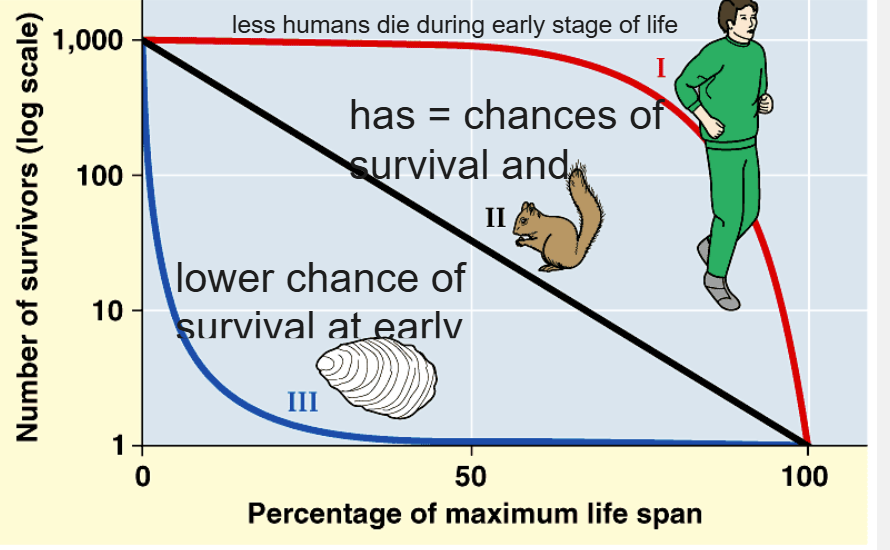
Survivorship Curves
Type 1 - less die in early stage of life, usually later in life more die
Type 2 - has = chances of survival/death throughout whole life
Type 3 - low chances of survival and dec as it ages up
Survival of the fittest
Indviduals possessing characteristics that make them more capable of surviving/reproducing will be more successful (competition amongst species).
Evolution
A gradual change in the makeup of species passed on from generation to generation. Natural selection can lead to evolutionary change only when the differences between individuals are at least in part genetic.
Directional Selection
Favors one extreme phenotype, causing allele frequencies to shift in that direction. This often occurs in response to environmental changes.
Stabilizing Selection
Favors intermediate phenotypes and reduces variation.
Disruptive Selection
Extreme values for a trait are favored over intermediate values. This process can lead to the divergence of two or more distinct phenotypes within the same population.
Frequency-dependent selection
Rare types enjoy an advantage only while they are rare. As they increase in frequency because of their advantage, this advantage wanes and they decrease in abundance.
Genetic Variation
Is an incidental result of natural selection. Heterosis and environmental variation therefore increase genetic variation. Mutation occurs.
Animal Behavior
The movements animals make, change from motion to non-motion, in response to external/internal stimuli. Natural selection operates on behavior. Behavioral responses are influenced by heredity and learning.
Primary socialization period (PSP)
Dogs/cats PSP 3-16 weeks. During the PSP, the puppy or kitten is responsive to non-maternal social interactions.
Communicative behavior
When one animal responds to signals emitted by another. By dogs/cats (visual, auditory, and olfactory).
Visual Postural Communication
Dogs and cats employ various body postures and expressive
behaviors (play - play bow; offensive - hairs erect, back arched/growling, snarling).
Vocal Communication
Infantile sounds (crying, mews, clicks, whimpering,
whining). Warning sounds (hissing, barking, growling). Eliciting sounds (chirrs, barks, meows, calls, howling). Withdrawal sounds (yelping, chatter, screaming). Pleasure sounds (moans, grunts, purring).
Olfactory Communication
Scent provides species recognition/convey info abt gender + reproductive stage. Dogs/cats use scent to mark their territory.
Orientation behavior (navigation/homing)
Animals accomplish homing by either allothetic (external reference) or idiothetic (internal reference) means. Ex: Homing pigeons use magnetic cues/position of the sun. Fish use temp/salinity/chemicals.
Learning of behavior modification
Positive reinforcement: (food rewards, praise, petting, attention). Negative reinforcement: (collar corrections, verbal reprimands, harsh eye contact, unpleasant experiences).
Habituation/desensitization conditioning type
Freq exposure to stimulus that doesn’t result in pain —> the dog learns to ignore it.
Conditioning conditioning type
Consistent pairing of two stimuli results in stimulus-stimulus association.
Operant or instrumental learning conditioning type
Behavior is influences by its consequences (pos/neg reinforcement).
Counter-conditioning conditioning type
Used to change a dog's negative response to a specific stimulus into a positive one.
Shaping conditioning type
Where you reinforce each small step a dog takes towards a desired behavior.
Extinction conditioning type
Behavior will gradually decrease when the linkage between the stimulus and response is broken.
Aversive conditioning conditioning type
An animal is taught to avoid an undesirable behavior by coupling that behavior with an aversive result.
Fear-related aggression
Caused by confined/cornered animals that then try to escape. Threats by predators/humans are common stimuli.
Pain, Space and Annoyance aggression
Caused by age, illness, injury, physical limitations.
Frustration-Boredom aggression
Caused by barren/crowded environments.
Resource Defense aggression
Defense in an area an animal has est. itself.
Maternal Defense of Offspring aggression
Caused by proximity of smth that threats the female’s young.
Sex Related aggression
Caused by males competing for females.
Breeds
A homogenous grouping of animals within a species that was developed through selection. Developed over generations. (Dogs have 39 chromosomes and are believed to be most recently evolved from the family Canidae). Humans have intentionally selected for specific traits and characteristics in dogs over many generations through a process called ARTIFICIAL SELECTION.
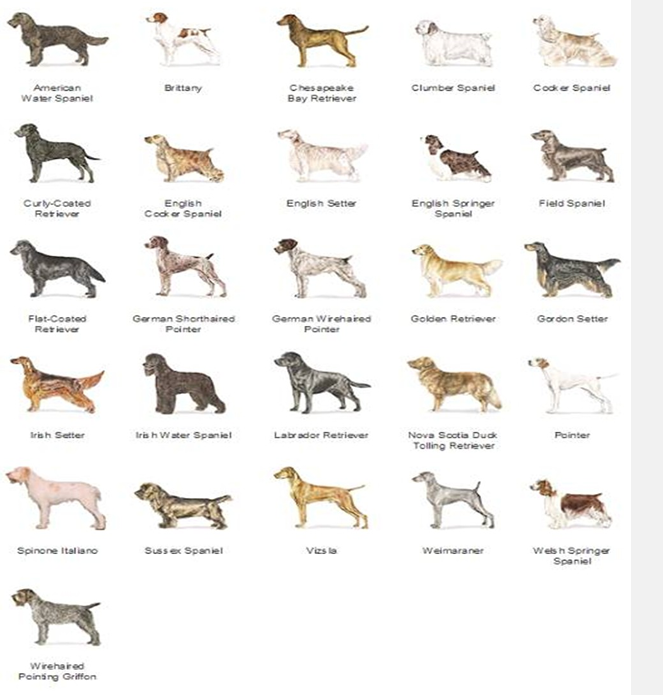
Sporting breed group
Naturally active/alert. Pointers, retrievers, setters and spaniels. Most require regular, invigorating exercise.
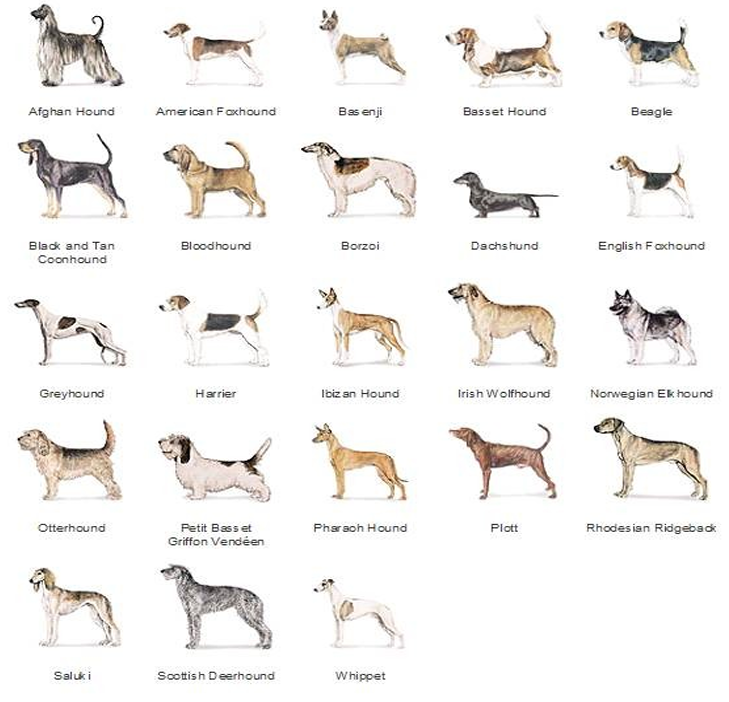
Hounds breed group
All descended from hunting breeds. Hunt by: smell, running animal down. (beagles, hounds).
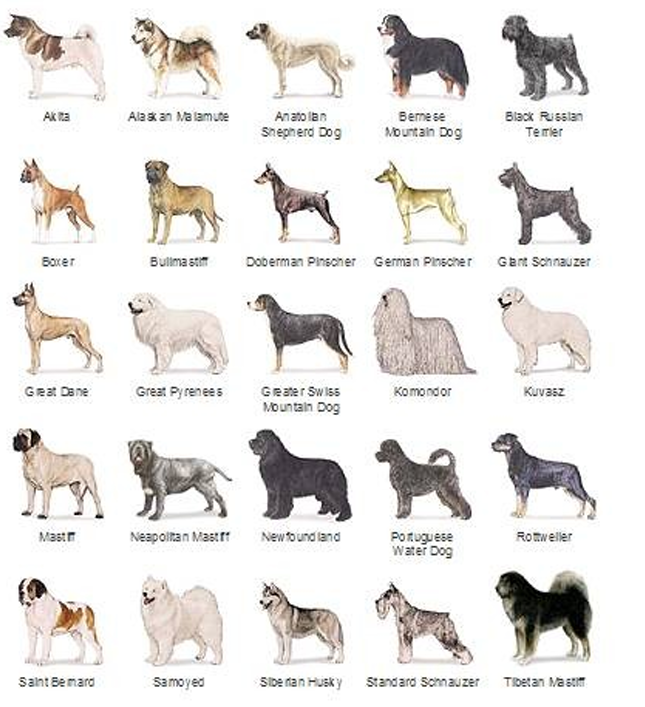
Working breed group
Guarding property, pulling sleds and performing water rescues. (doberman, husky, great dane).
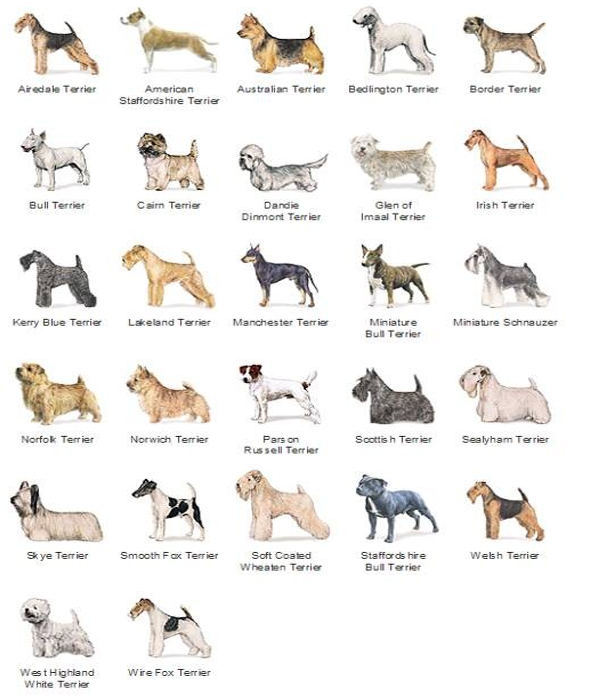
Terriers breed group
Feisty, energetic dogs whose sizes vary. Bred to hunt and kill vermin. Most have wiry coats.
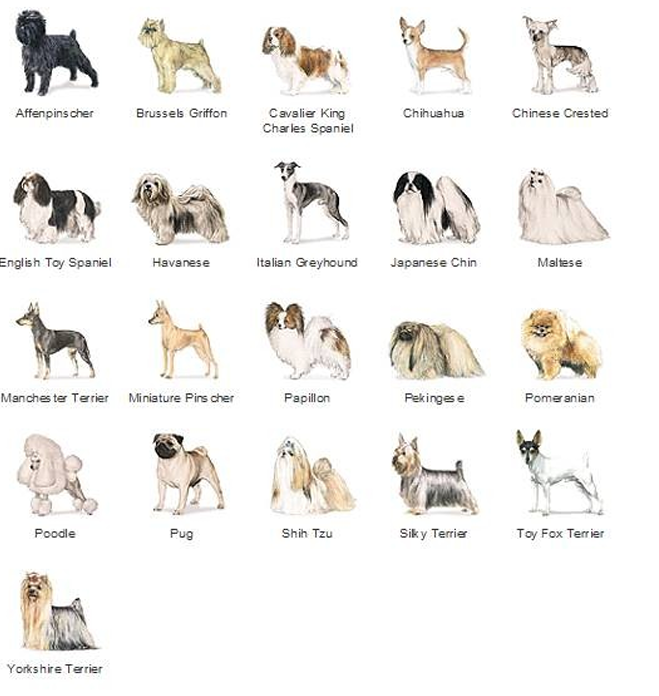
Toy breed group
Small size, wonderful personality. Bred to be companions. Great for ppl living in small spaces.
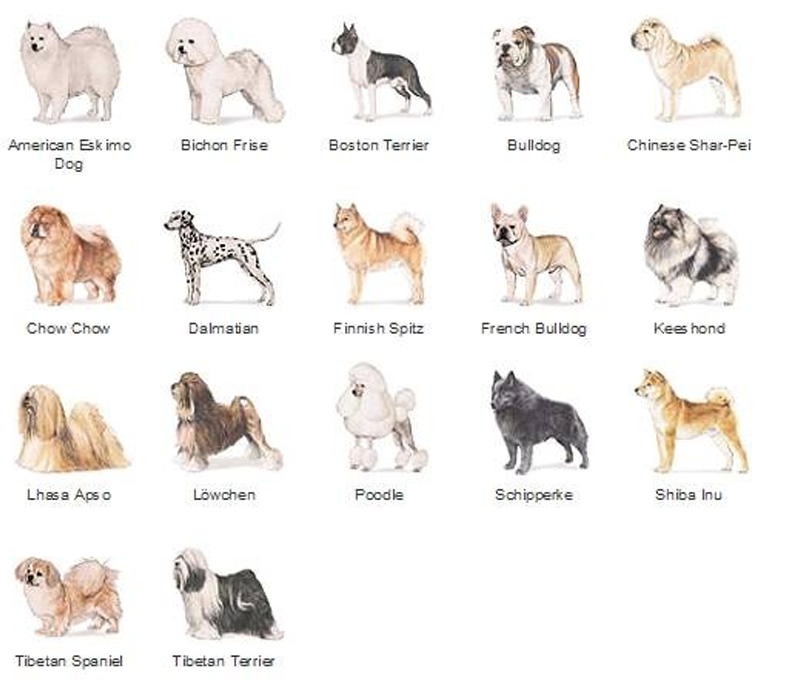
Non-sporting breed group
Sturdy animals, diverse looks, coats and temp.
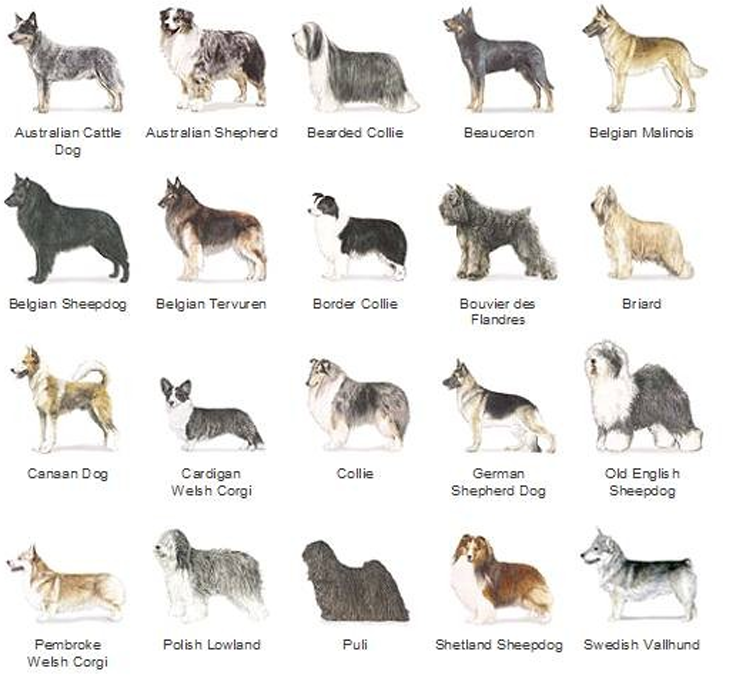
Herding breed group
Ability to control the movements of other animals. Most are companion animals.